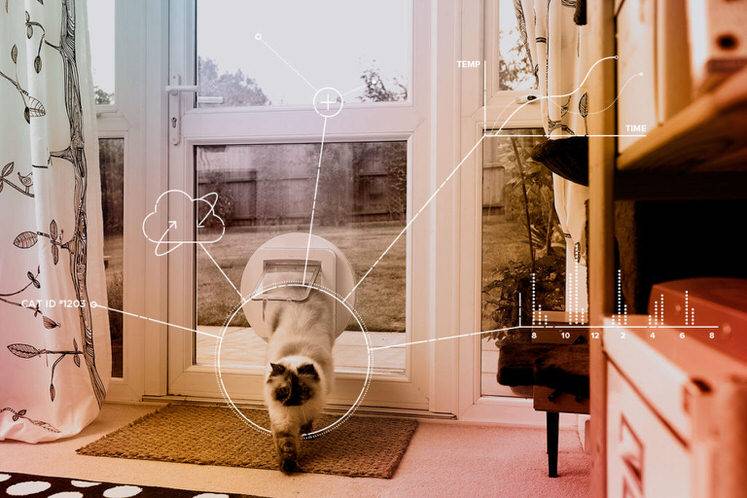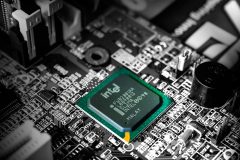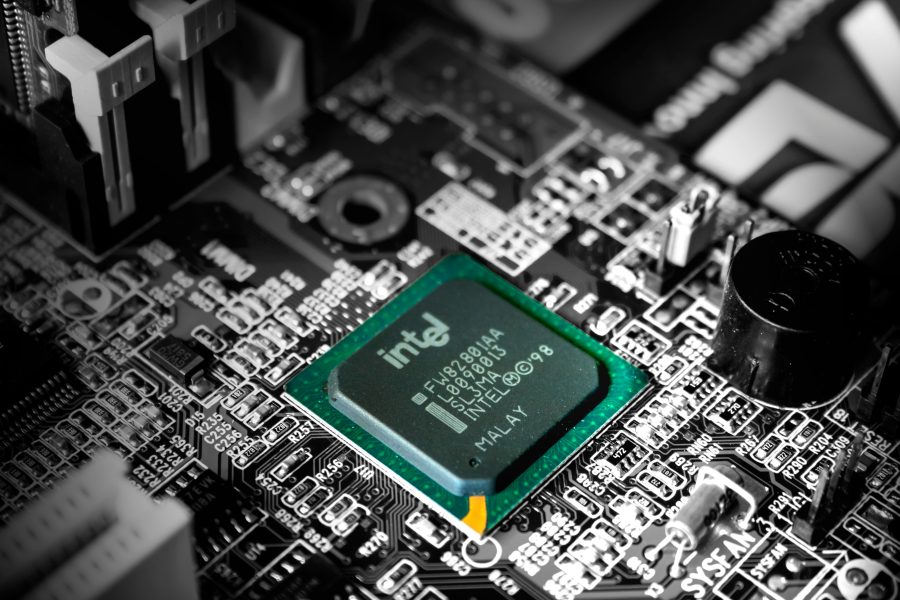The Internet of Things (IoT) has been described as one of the biggest innovations for business since the dawn of the Internet. Companies are working fast and furious to take advantage of the opportunities IoT provides and grab their stake in the multi-billion dollar market analysts predict it to become.
But as they say, nothing worth doing is without effort. Simply connecting a product is not enough to achieve everything the IoT promises. It’s just the first step. In reality, you are building a product as well as a platform. To realize the IoT’s full potential it’s important to understand and plan for how having a connected product will fundamentally change your business.
The moment you connect….
The most significant shift to plan for is that the moment you connect a product, you become a services company – quite literally overnight. Your once stand-alone product is now a technology platform and that alone is enough to shake your business to its core. Most traditional product companies work on a transactional basis. They sell their products through third party retailers and outside of an occasional warranty card, they never really know who their customer is. Offering a connected product changes all of that. It turns your relationship with your customers into an ongoing conversation. One where you will not only know who your customer is but what product they are using, how they are using that product, where in the world the product is, whether it’s online or offline, if it needs service and so much more.
This constant conversation with the customer gives you an endless amount of information to provide one of the most important competitive differentiators these days — an amazing customer experience. Think about being able to fix an issue before the customer even knows there is one. If a customer does call with an issue, no time is wasted on qualifying questions. You know who they are, the model product they are using and the issue they are having. Time to resolution is quick and painless. The kind of experience we are talking about goes beyond securing customer loyalty. In this case, you have the chance to secure a customer for life.

The opportunity to transform your business with the IoT is great, but the obligations that come with that transformation are equally so. Being the proprietor of a technology platform now makes you responsible for areas like uptime, security and customer support. It means having dedicated staff to ensure that the product is always online and working. It means employing a customer-facing help desk that can answer detailed technical questions — not just about the physical product you are selling, but how it’s connected, how the app works, features that are available, etc. It means having a product team whose focus is now shifted from simply designing and shipping a quality product to constantly delivering features and services your customers are going to find valuable.
An example of this would be the car company, Tesla. When Tesla ships a car to a customer it’s considered a platform as well as a product. New features are always added in an effort to provide even more value and a better customer experience. While we aren’t all lucky enough to have a Tesla in our driveways, we can learn a ton from how the company conducts business. It’s a very classic IoT business model – ship a great product, learn from how customers are using it, and continually make it better based on that information.
Of course, not all businesses have the resources that Tesla or some Fortune 500 companies entering the IoT space have. Taking on all of this without proper planning can be overwhelming at best and crippling at worst. Running a connected business requires a broad set of capabilities – many of which will be a completely new frontier. A traditional home appliance manufacturer, for example, may not have the broad and robust technical team that can help build and support the infrastructure required to manage connected products at scale. Nor would they already have the internal processes in place for their product development to deploy new features on a regular basis or for a technical help desk that can help customers with questions.
Don’t focus only on the “connecting problem”
Many companies don’t think that far ahead and focus mostly on the connecting problem – spending an exorbitant amount of time and resources on figuring out the baseline technology piece and not nearly enough time creating ongoing customer and business value that make the IoT a worthwhile venture. That is where many companies are falling flat.
However, an IoT-connected product, if planned and executed well, can provide even the most longstanding traditional companies a shot of innovation. It also provides the ability to reinvent them to appeal to today’s consumer. Whether enhancing an existing product or creating something new, a successful IoT project requires a ton of planning and an honest conversation with stakeholders on how best to move forward. It’s important to know what you are signing your organization up for, the value you’re going to be providing customers, the new level of expectations your customers are going to have, the expertise you have within your organization to meet those expectations, and the tools at your disposal outside your organization to fill the gaps. With a bold vision, a comprehensive plan, and a strong business case, any company can transform from a product company into a fully-connected platform.
Ryan Lester is Director of IoT Strategy at Xively by LogMeIn










